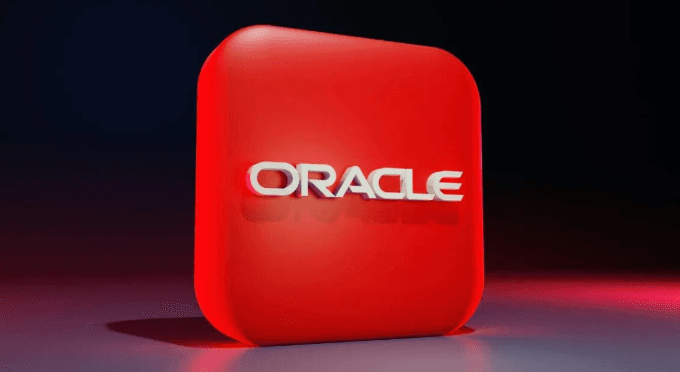Alphabet (GOOGL) Signs Landmark Fusion Energy Preorder With Commonwealth Fusion Systems


The incredible potential of nuclear fusion is getting one more massive backer...
Alphabet's (GOOGL) Google division has inked a deal with nuclear fusion startup Commonwealth Fusion Systems ("CFS") to buy half its total power generation once its first fusion facility comes online in the early 2030s.
The multibillion-dollar deal marks one of the world's first and largest preorders for fusion energy...
You see, today's nuclear power plants produce energy with fission – which splits heavy atoms like uranium to release energy. Fusion is the opposite. It involves fusing two light atoms (like hydrogen) into a heavier one, which releases a tremendous amount of energy.
And the partnership goes beyond buying electricity. Google, which has invested in CFS since 2021, is also increasing its stake in the company as part of the deal.
In other words, Google is not only promising to buy CFS's future energy – it's helping fund the race to get that energy on the grid. The initial deal for 200 megawatts ("MW") of power is four times the amount that Microsoft (MSFT) committed to buying from Helion Energy. And for context, that's enough power for roughly 75,000 homes.
That's a strong vote of confidence in a technology that has not yet been commercialized – and it's exactly why Wall Street analyst Whitney Tilson is predicting an "Amazon Helios" moment in his latest documentary.
CFS will need billions more to complete its Chesterfield County, Virginia reactor – and Google's deep pockets will be invaluable.
Google Needs Clean Energy
So why is Google making such a futuristic bet now? Because it has to...
The tech giant operates massive data centers across America to power cloud computing and artificial intelligence ("AI"). Those servers require staggering amounts of electricity. In 2023, data centers consumed more than 4% of all U.S. electricity... And that figure is expected to triple to 12% by 2028 as AI usage booms.
In addition, Google has pledged to reach net-zero emissions by 2030.
It's already one of the world's largest buyers of renewable energy. Yet, even after purchasing 8 gigawatts of clean power last year, according to its sustainability report, its overall carbon footprint still grew due to surging demand. The company noted that limited transmission grids, higher costs, and immature tech make sourcing 24/7 clean power a challenge.
Fusion, however, could be a game changer... providing clean energy on a massive scale. As Michael Terrell, Google's head of advanced energy, put it...
By entering into this agreement with CFS, we hope to help prove out and scale a promising pathway toward commercial fusion power. We're excited to make this longer-term bet on a technology with transformative potential to meet the world's future energy demand.
In short, Google sees fusion as a moonshot that could ultimately secure its energy needs in the AI era.
Inside Commonwealth Fusion Systems' Tokamak Reactor
CFS was spun out of the Massachusetts Institute of Technology ("MIT") in 2018. It's pursuing a type of experimental fusion-reactor design called a tokamak...
Tokamaks use powerful magnetic fields to confine plasma heated to 100 million degrees in a donut-shaped chamber. This is one of the leading approaches to achieve controlled fusion. The company is racing to be among the first to achieve a net-energy fusion reaction – meaning more energy out than in.
These magnets, developed with MIT, can generate ultra-strong magnetic fields to corral the hot plasma efficiently. This innovation allows CFS to build a smaller reactor that can still reach the necessary conditions for fusion, unlike the gargantuan tokamaks of the past.
In fact, CFS's demonstration device is under construction now and is expected to demonstrate a net-positive energy output by 2027. Then, its first commercial reactor is expected to be the world's first grid-scale fusion plant, thanks in part to a faster permitting process and Google's new preorder for the initial power output.
Why a Bet on Fusion Matters to Investors Now
This deal, among others inked by the major tech giants, clearly shows that Big Tech needs fusion power. There is no alternative so long as AI continues to increase energy demands.
That's why Whitney Tilson coined the term "Amazon Helios" to describe the convergence of fusion energy and Big Tech's involvement. Click here to watch his latest prediction, where he details...
- Why we're about to cross what Barron's calls "an impending tipping point."
- Three simple steps you can take today to get on the right side of this shift.
- And even the name and ticker symbol of a stock that's perfectly positioned to take advantage of this sweeping change, at no charge whatsoever.
Of course, fusion is still experimental... and significant scientific and engineering hurdles remain. So investors should expect uncertainty and volatility around this breakthrough technology.
But the potential upside... effectively solving energy needs, for essentially forever... means that it's a risk worth taking both for tech giants and for individual investors.



